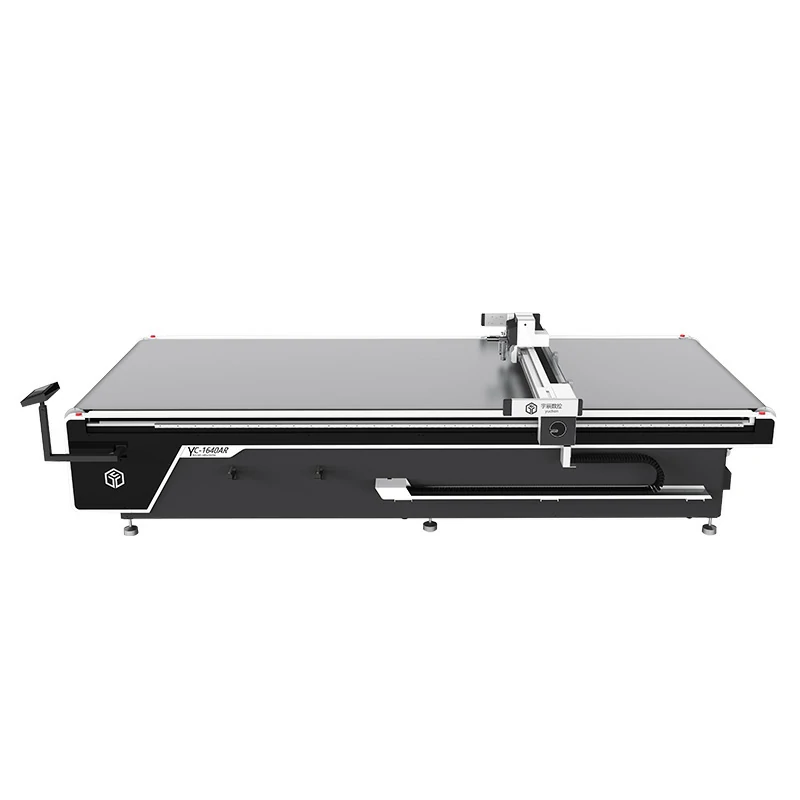While PVC roll-to-sheet cutting machines offer various benefits, they also have limitations that users should be aware of. Here are some common limitations:
- Material Thickness: PVC roll-to-sheet cutting machines may have limitations on the thickness of the PVC material they can effectively cut. Machines designed for thinner materials may struggle with thicker PVC sheets, leading to inaccurate cuts or machine jams.
- Material Size: The maximum width and length of PVC sheets that can be processed by the cutting machine may be limited by the machine’s design and specifications. Oversized or unusually shaped PVC rolls may not be compatible with the machine’s cutting capacity.
- Cutting Speed: While PVC roll-to-sheet cutting machines can be efficient, their cutting speed may be limited compared to other cutting methods, especially for complex or intricate designs. High-speed cutting may result in reduced accuracy or quality of the cut.
- Cutting Precision: Achieving precise cuts, especially for intricate shapes or patterns, may be challenging with PVC roll-to-sheet cutting machines. Factors such as blade sharpness, machine calibration, and material feeding accuracy can affect the precision of the cuts.
- Material Waste: PVC roll-to-sheet cutting machines may generate more material waste compared to other cutting methods, particularly when cutting irregular shapes or nested designs. Minimizing material waste requires careful planning and optimization of cutting patterns.
- Edge Quality: The quality of the cut edges of PVC sheets produced by the cutting machine may vary depending on factors such as blade sharpness, cutting speed, and material properties. Rough or jagged edges may require additional finishing or processing to achieve the desired quality.
- Maintenance Requirements: PVC roll-to-sheet cutting machines require regular maintenance to ensure optimal performance and longevity. pvc roll to sheet cutting machine Routine tasks such as blade sharpening, lubrication, and cleaning are necessary to prevent machine downtime and maintain cutting accuracy.
- Material Compatibility: Some PVC roll-to-sheet cutting machines may be designed specifically for cutting PVC materials and may not be suitable for cutting other types of materials. Users should verify the compatibility of the machine with their specific material requirements.
- Initial Investment: The upfront cost of purchasing a PVC roll-to-sheet cutting machine, along with any additional accessories or optional features, can be significant. Users should consider their budget and expected usage volume when evaluating the investment.
- Operator Skill Level: Operating a PVC roll-to-sheet cutting machine effectively requires training and experience to ensure proper setup, material handling, and machine operation. Inexperienced operators may encounter challenges in achieving desired cutting results.
Despite these limitations, PVC roll-to-sheet cutting machines remain valuable tools for efficiently converting PVC rolls into sheets for various applications. Understanding these limitations and addressing them through proper equipment selection, maintenance, and operation can help maximize the productivity and effectiveness of the cutting process.
